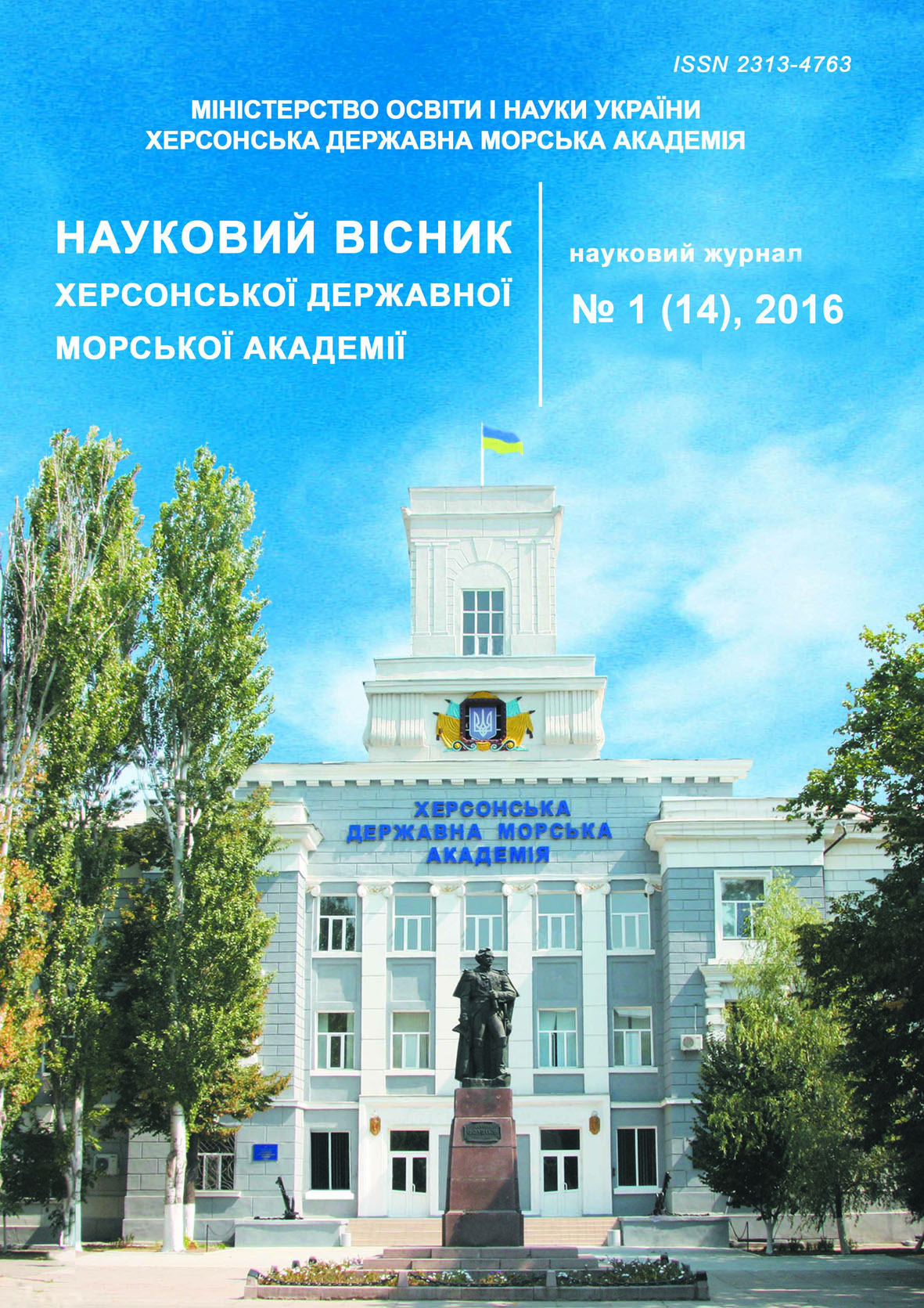ОЦІНКА ВПЛИВУ ПАРАМЕТРІВ ТРАНСПОРТНОЇ МЕРЕЖІ НА ПОТРЕБИ ІНЖЕНЕРНИХ МЕРЕЖ
Ключові слова:
транспортна мережа, інженерна мережа, обсяг споживання, щільність населення
Анотація
В статті розглядається вплив параметрів транспортної мережі, а саме довжини ділянки на потреби інженерних мереж. Удосконалено ряд математичних моделей щодо визначення потреб інженерних мереж. У результаті проведеного математичного моделювання визначено зміни потреб у газопостачанні, водопостачанні та електропостачанні залежно від довжини ділянки транспортної мережі при різних значеннях щільності населення, що дозволило визначити нелінійний характер впливу.
Посилання
1. Еd. Panchenko, T. (2001) Town planning. Designer’s Guide. Kiev: «Ukrarhbudinform», 192.
2. Ly`nny`k, I. (2004) Еngineering training areas of settlements. Kharkiv: HNAMG, 337.
3. Lobanov, E. (1990) Transport urban planning. Moscow: Transport, 240.
4. Derkach, I. (2006) City Civil Engineering. Kharkiv: HNAMG, 97.
5. Corey, K. (2006) Urban and regional technology planning: planning practice in the global knowledge economy. Routledge, 268.
6. Williams, K., Burton, E. ,Jenks, M. (2000) Achieving Sustainable Urban Form. E&FN Spon, 388.
7. Keating, D., Krumholz, N. (2000) Neighborhood Planning. Journal of Planning Education and Research, 20 (1), 111–114.
8. Moughtin, C. (2003) Urban Design: Street and Square. Architectural Press, 320.
9. Marshall, S. (2005) Streets and Patterns: The structure of urban geometry. Spon Press, 318.
10. Qing Su (2011) The effect of population density, road network density, and congestion on household gasoline consumption in U.S. urban areas. Energy Economics, 33, 3, 445-452.
11. Lobashov. O. О. (2010) Modeling the impact on network traffic flows parking in cities. Kharkiv: HNAMG, 170.
12. Gavrylov. E. V., Dmytrychenko. M. F., Dolja. V. K. et. al.; Dmytrychenko, M. F. (Ed.) (2007). Systemology transport. Traffic management. Kiev: Znannja Ukrai’ny, 452.
13. Roiko. Yu. (2013) On Determining the Rational Length of a Residential Block. Eastern European Journal of Leading Technologies, №2/4(62), 30–33.
2. Ly`nny`k, I. (2004) Еngineering training areas of settlements. Kharkiv: HNAMG, 337.
3. Lobanov, E. (1990) Transport urban planning. Moscow: Transport, 240.
4. Derkach, I. (2006) City Civil Engineering. Kharkiv: HNAMG, 97.
5. Corey, K. (2006) Urban and regional technology planning: planning practice in the global knowledge economy. Routledge, 268.
6. Williams, K., Burton, E. ,Jenks, M. (2000) Achieving Sustainable Urban Form. E&FN Spon, 388.
7. Keating, D., Krumholz, N. (2000) Neighborhood Planning. Journal of Planning Education and Research, 20 (1), 111–114.
8. Moughtin, C. (2003) Urban Design: Street and Square. Architectural Press, 320.
9. Marshall, S. (2005) Streets and Patterns: The structure of urban geometry. Spon Press, 318.
10. Qing Su (2011) The effect of population density, road network density, and congestion on household gasoline consumption in U.S. urban areas. Energy Economics, 33, 3, 445-452.
11. Lobashov. O. О. (2010) Modeling the impact on network traffic flows parking in cities. Kharkiv: HNAMG, 170.
12. Gavrylov. E. V., Dmytrychenko. M. F., Dolja. V. K. et. al.; Dmytrychenko, M. F. (Ed.) (2007). Systemology transport. Traffic management. Kiev: Znannja Ukrai’ny, 452.
13. Roiko. Yu. (2013) On Determining the Rational Length of a Residential Block. Eastern European Journal of Leading Technologies, №2/4(62), 30–33.
Опубліковано
2016-07-23
Розділ
ІНЖЕНЕРНІ НАУКИ






